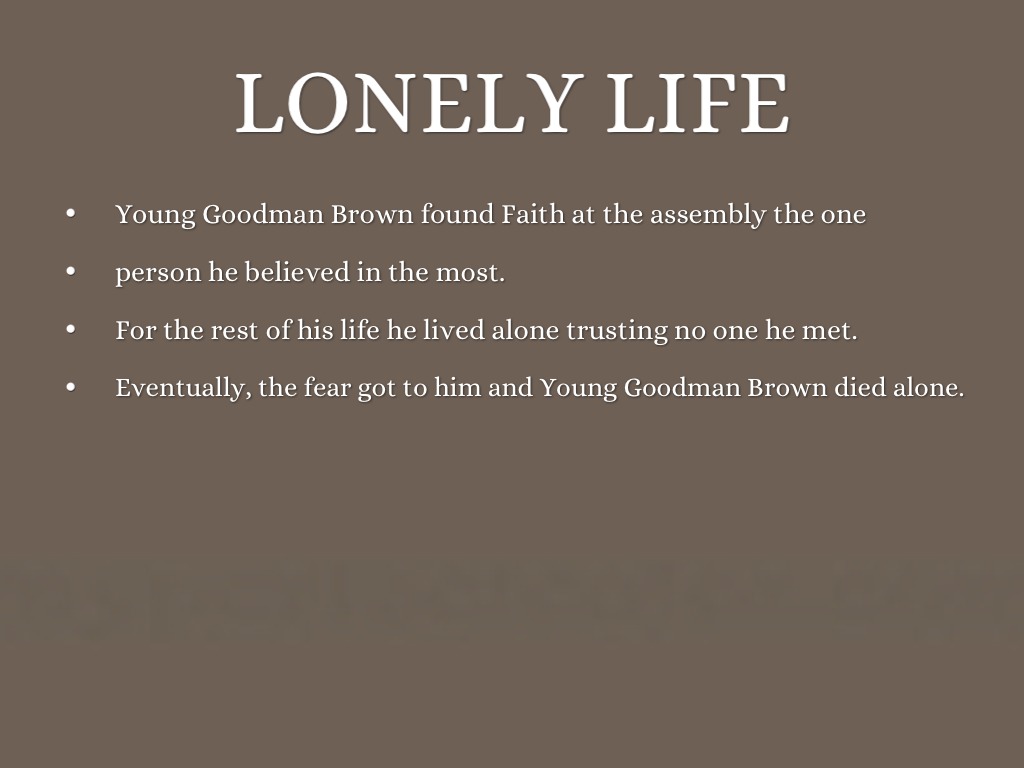Dry Begging Examples: Understanding The Nuances Of Modern Solicitation
Dry begging examples represent a fascinating and often misunderstood facet of contemporary solicitation practices. In a world increasingly driven by social media and digital communication, the concept of "dry begging" has emerged as a subtle yet impactful method of seeking assistance or support without overtly asking for help. This article delves into the intricacies of dry begging, providing readers with valuable insights into its definition, examples, and implications for society.
The term "dry begging" refers to a method of solicitation that relies on implicit cues rather than direct requests for assistance. This can manifest in various forms, from social media posts that hint at financial struggles to conversations that evoke sympathy without explicitly stating a need. As society continues to evolve, understanding the dynamics of dry begging becomes increasingly important, especially in the context of social media's role in shaping public perception and engagement.
This article aims to explore the various dimensions of dry begging, including its psychological underpinnings, real-life examples, and the ethical considerations surrounding it. By examining these aspects, we can foster a deeper understanding of this contemporary phenomenon and its impact on both individuals and communities.
Table of Contents
- Definition of Dry Begging
- The Psychology Behind Dry Begging
- Real-Life Examples of Dry Begging
- Dry Begging in the Age of Social Media
- Implications for Society
- Ethical Considerations
- How to Respond to Dry Begging
- Conclusion
Definition of Dry Begging
Dry begging is a term used to describe the act of subtly hinting at a need for help or support without making an outright request. This can include:
- Vague social media posts about struggles or hardships
- Conversations that evoke sympathy without directly asking for assistance
- Sharing personal stories that imply a need for support
Unlike traditional begging, which is often overt and direct, dry begging relies on the audience's interpretation of the unspoken message. This can create a complex dynamic between the individual seeking help and those who may feel compelled to offer assistance.
The Psychology Behind Dry Begging
Understanding the psychological factors that contribute to dry begging is essential for grasping its prevalence in modern society. Some key aspects include:
Need for Validation
Many individuals engage in dry begging as a means of seeking validation from their peers. By sharing their struggles, they may hope to receive emotional support and acknowledgment without explicitly stating their needs.
Fear of Rejection
The fear of being rejected when asking for help can drive individuals to resort to dry begging. By hinting at their needs, they can gauge the responses of others without placing themselves in a vulnerable position.
The Role of Empathy
Dry begging often appeals to the empathy of others. By sharing personal stories or struggles, individuals can elicit sympathy and support from their audience, even if they do not directly ask for it.
Real-Life Examples of Dry Begging
To better understand dry begging, let's explore some real-life examples:
Example 1: Social Media Posts
A person may post a status update saying, "It's been a tough month, and I really miss the days when things were easier." While this statement does not explicitly ask for help, it hints at a need for support and may prompt friends to offer assistance.
Example 2: Casual Conversations
During a group conversation, someone might say, "I can't believe how much rent has gone up; it's really stressing me out." This comment may serve as a subtle plea for understanding or support without directly asking for financial help.
Dry Begging in the Age of Social Media
Social media platforms have transformed the way individuals engage in dry begging. Some key points to consider include:
- The reach of social media allows individuals to connect with a larger audience, increasing the likelihood of receiving support.
- Social media can amplify the emotional resonance of dry begging, making it easier for others to empathize with the individual sharing their struggles.
- However, the public nature of social media can also lead to scrutiny and judgment, complicating the dynamics of seeking help.
Implications for Society
The rise of dry begging has several implications for society, including:
- Increased awareness of the struggles faced by individuals in the community
- The potential for fostering a culture of empathy and support
- Challenges in discerning genuine needs from manipulative behavior
Ethical Considerations
Engaging in dry begging raises several ethical questions, such as:
- Is it ethical to solicit support without directly asking for it?
- How can individuals navigate the fine line between sharing personal struggles and manipulating others' emotions?
- What responsibility do supporters have in discerning genuine needs from insincere requests for help?
How to Respond to Dry Begging
When encountering dry begging, it's essential to approach the situation with empathy and understanding. Here are some tips for responding:
- Engage in open dialogue to clarify the individual's needs.
- Offer emotional support and encouragement without overstepping boundaries.
- Provide resources or assistance if appropriate and feasible.
Conclusion
In summary, dry begging is a nuanced method of seeking support that reflects the complexities of modern communication. By understanding the psychological underpinnings, real-life examples, and ethical considerations surrounding dry begging, we can foster a more empathetic and supportive society. As we navigate these dynamics, it's crucial to engage in open dialogues and offer assistance where possible. We invite readers to share their thoughts on dry begging in the comments below and encourage you to explore other related articles on our site.
Thank you for reading! We hope you found this article informative and insightful.
Autumn Levine Mukhopadhyay Obituary: A Life Remembered
Chattanooga Murders: A Comprehensive Analysis Of Crime Trends And Prevention Strategies
Who Did Rachelle Ferrell Marry? Unveiling The Love Life Of The Jazz Sensation


